
History
Dance has been used as a method of expression for numerous centuries,but in recent decades it has been discovered that dance can also be used as certainmethod of therapy, as well. The first documented cases of dance being used for therapeuticpurposes dates back to the nineteenth century in the United Kingdom. The firstdocumented use of dance as a method of therapy in the United States dates backto the 1940s.The grand dame of dance therapy known by the name of Marian Chaceis responsible for the introduction of the idea of dance used as a therapeutic methodin the United States. She inspired the first wave of dance therapy and she evenhad her own school of dance in Wahington D.C. She then worked at hospitals andtaught patients all the great benefits of dance as a therapeutic method.She was also the first president of the famous American Dance TherapyAssociation. The second wave of dance therapy came about during the 1970s and1980s, when dance was finally categorized as a certain form of psychotherapy.
Definition
Dance therapy is also sometimes referred to as dancemovement therapy and it is characterized as psychotherapeutic utilizationof dance for treatment of various different types of physical, behavioral,social, cognitive and emotional medical conditions. It is an expressive form oftherapy which serves to provide the patient with a sense of wholeness and ahealthy balance.
There are four main stages of dance movement therapy and thoseinclude preparation, incubation, illumination and evaluation. A great thingabout dance movement therapy is that it can be practices in day carefacilities, nursing homes, mental health rehabilitation centers, hospitals andeven at the convenience of one’s home.
The main principle of dance movementtherapy is that the mind and the body are completely inseparable. It encouragesmovement improvisation in order to provide the patient with the ability toexperience new ways of his or her being. Symbolic functions which occur duringdance movements provide an excellent evidence of various different types ofunconscious processes which the patient experiences. The movements perfectlyreflect the personality of the patient and provide an excellent interaction ofthe mind and the body. The four aforementioned stages of dance movement therapycontain their own separate sets of goals which need to be accomplished. Thesemay vary from patient to patient depending on the medical conditions he or sheis suffering from. Preparation maintains safety and provides the user with a properwarm up. The incubation stage involves relaxation and the patient needs to letgo of the conscious control. The stage of illumination involves apparentmeanings while the evaluation stage involves the discussion of the significanceof the entire process.
Relevant Statistical Data
According to certain statistics there are 1203 accomplisheddance therapists in 46 states and 29 foreign countries around the world. Thetitle “DTR” can only be obtained after having a master’s degree which includes700 hours of internship in clinic environment. ADTR can only be obtained after 3,640 hoursof clinical work under supervision.
Specialized Treatments
Dance movement therapy can be used for the treatment ofnumerous different types of diseases, disorders and other medical conditions. Itis used for the holistic birth preparation because it is actually an excellentrelaxation technique. Those who suffer from Parkinson’s disease may benefitgreatly from DMT because it is excellent in improving one’s use of limbs,balance and motor abilities. The same can be said for all those who suffer fromPTSD.
Dance movement therapy is also very efficient in treating variousdifferent sorts of eating disorders. Elderly population may benefit greatlyfrom dance movement therapy because it is very efficient in providing them withexercise, expression and social interaction and also alleviates the fear ofisolation and loneliness. Physically handicapped people may improve their bodyimage and improve their motor skill by attending dance therapy classes. Thesame can be said for all those who are blind or visually impaired. People whoare deaf or hearing impaired patients could also do themselves a big favor by attendingdance therapy classes because by doing so they would reduce their feelings ofisolation and improve the inspiration for new relationships. Mentally retardedpersons usually enjoy dance therapy classes because they are very efficient inimproving their communicative skills, motor skills, coordination, social skilland body image. Those who suffer from learning disabilities and autism canbenefit greatly from dance therapy classes because they are excellent when itcomes to building confidence, developing the organizational skills andproviding a better sense of acceptance. There are various locations which mayincorporate dance therapy classes into their daily schedules and those usually includehealth promotion programs, disease prevention centers, day care facilities,nursing homes, forensic settings, educational settings, medical settings andrehabilitation centers.


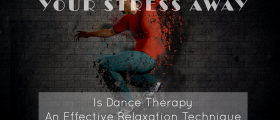



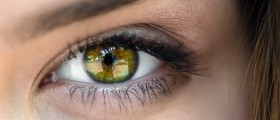
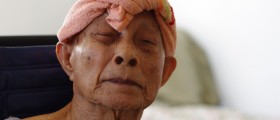



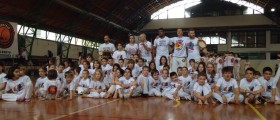



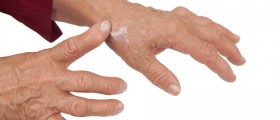
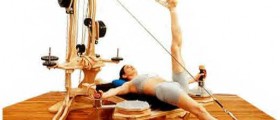
Your thoughts on this
Loading...